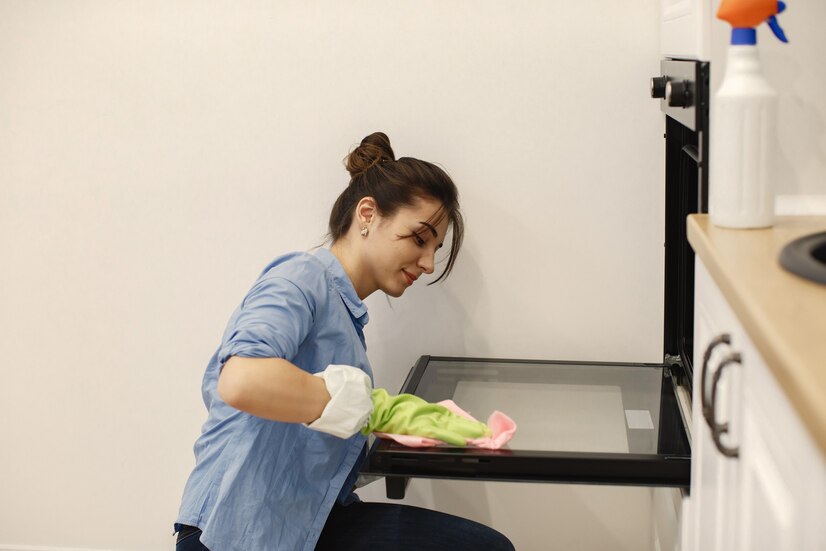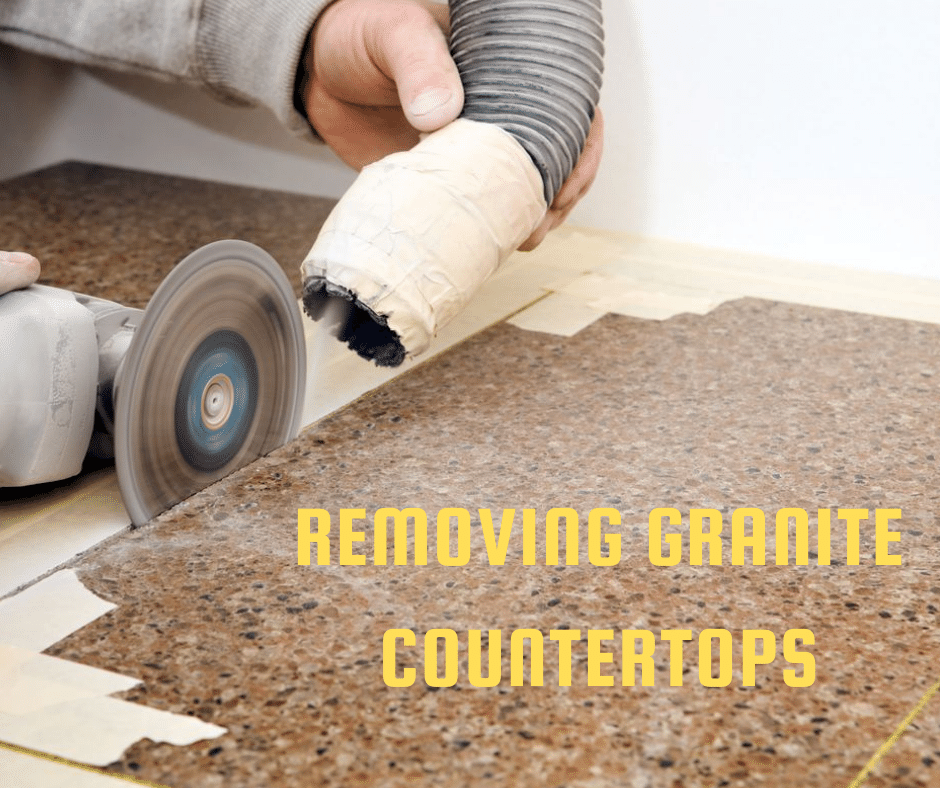If you own a Whirlpool dishwasher, you’re already accustomed to the convenience it brings to your kitchen. But to ensure it keeps performing at its best, regular cleaning is essential. In this comprehensive guide, we’ll take you through the steps on how to clean whirlpool dishwasher. So, it continues to sparkle and function efficiently. We’ll explore not just the basic cleaning routine but also some handy tips to maintain your dishwasher in the best possible way.
Step 1: Remove the Filter
To start, locate the filter at the bottom of your dishwasher, near the spray arms. This is one of the many kitchen cleaning tricks that you can easily do without spending a lot of time and effort. To remove it, simply turn it counterclockwise and lift it out.
Step 2: Clean the Filter
Rinse the filter under running water to get rid of loose food particles. Next, use a soft brush and dish soap to clean the filter thoroughly. Pay special attention to any areas with hard-to-remove food debris or calcium deposits.

Step 3: Clean the Interior
Now, it’s time to clean the inside of your dishwasher. Pour two cups of white vinegar into a dishwasher-safe container and place it on the lower rack of the dishwasher. Run a normal cycle with the heat dry option turned off to clean and deodorize the interior.
Step 4: Clean the Spray Arms
Inspect the spray arms for any clogs. If you spot any, use a small toothpick or a similar object to clear them. Run the dishwasher on a short cycle to flush out any remaining debris.
Step 5: Clean the Door Gasket
The door gasket is the rubber seal around the edge of the dishwasher door. Use a clean sponge and dish soap to wipe it down, removing any food particles or grease.
Step 6: Replace the Filter
Once the filter is clean, place it back into the dishwasher and turn it clockwise to lock it into place.
Maintenance Tips
You can clean your Whirlpool dishwasher once a month or more often if needed, especially if you live in an area with hard water to prevent mineral buildup. Here are some additional tips for keeping your Whirlpool dishwasher in top condition:
- Use Baking Soda for Stubborn Stains or Odors: To tackle stubborn stains or unpleasant odors, sprinkle a cup of baking soda on the bottom of the dishwasher and run a normal cycle.
- Polish the Stainless Steel Tub: If your dishwasher has a stainless steel tub, use a stainless steel cleaner to polish it and remove any fingerprints or smudges.
- Wipe Down After Each Use: To avoid the buildup of food and grime, be sure to wipe down the interior of your dishwasher after each use.
By following these tips, you can ensure that your Whirlpool dishwasher remains clean and operates smoothly for years to come.
Conclusion
Regularly cleaning your Whirlpool dishwasher is a simple yet effective way to ensure it keeps serving you well. By following the steps outlined in this guide and incorporating the clean Whirlpool dishwasher and maintenance tips, you’ll enjoy the benefits of a clean and efficient dishwasher in your kitchen.
FAQs
- How often should I clean my Whirlpool dishwasher?
You should clean your Whirlpool dishwasher at least once a month, or more frequently if you live in an area with hard water to prevent mineral buildup.
- Can I use baking soda to remove stains and odors from my dishwasher?
Yes, you can. Sprinkle a cup of baking soda in the bottom of the dishwasher and run a normal cycle to remove stubborn stains or odors.
- How do I clean the stainless steel tub of my Whirlpool dishwasher?
You can use a stainless steel cleaner to polish it and remove any fingerprints or smudges.
- Why is it important to clean the spray arms of my dishwasher?
Cleaning the spray arms is crucial to ensure proper water distribution and cleaning performance.
- What should I do if I notice clogs in the spray arms?
If you see clogs in the spray arms, use a small toothpick or a similar object to clear them, and then run a short cycle to flush out any remaining debris.



